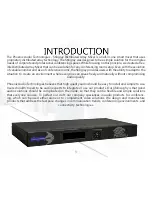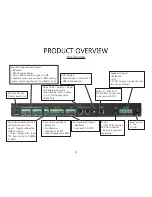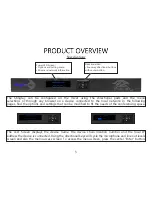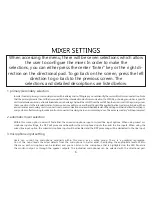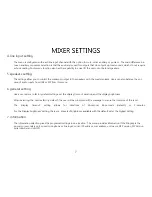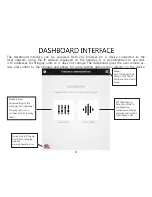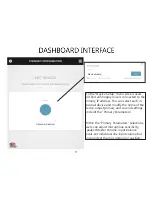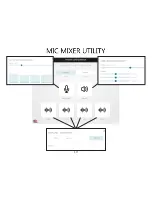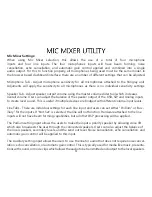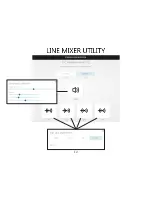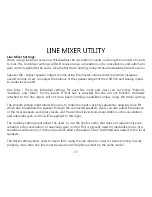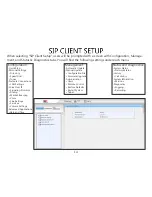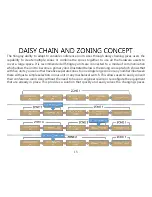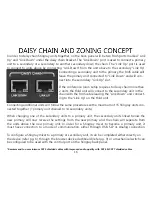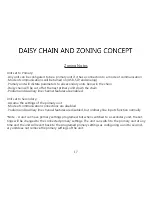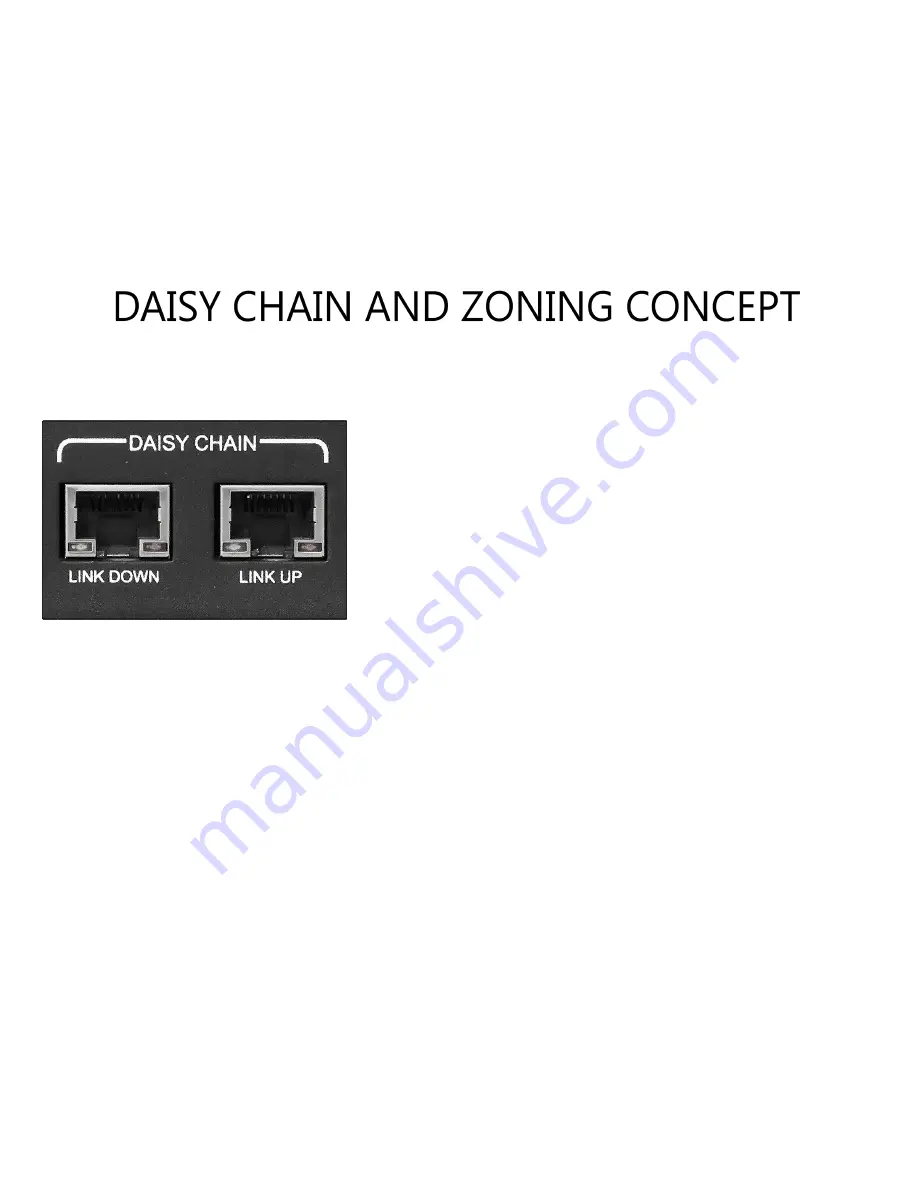
In order to daisy chain Stingray units together, on the back panel will be two RJ45 ports marked “Link
Up” and “Link Down” under the daisy chain bracket. The “Link Down” port is used to connect a primary
unit to a secondary or a secondary to another secondary down the chain. The “Link Up” port is used
to connect to units above by connecting “Link Down” from the unit above to the secondary “Link Up”.
Connecting a secondary unit to the primary, the RJ45 cable will
leave the primary unit connected to “Link Down” and will con-
nect into the secondary “Link Up” slot.
If the conference room setup requires to daisy chain more than
2 units, the third unit will connect to the secondary unit in the
chain with the RJ45 cable leaving the “Link Down” and connect-
ing to the “Link Up” on the third unit.
Connecting additional units will follow the same procedures with a maximum of 15 Stingray units con-
nected together (1 primary unit chained to 14 secondary units).
When changing one of the secondary units to a primary unit, the secondary units linked below the
new primary will now receive the settings from the new primary and the chain will seperate from
the units above the new primary unit. In order for a Stingray mixer to become a primary unit, it
must have connection to a mode of communication, either through USB, SIP or Analog connection.
To configure a Stingray mixer to a primary or secondary unit, it can be completed either directly on
the device (refer pg. 6), through the browser device dashboard (refer pg. 9) or a mechanical switch can
be configured to be used with the control port on the Stingray back panel.
*Recommend to use minimum CAT5 shielded cables with improved audio quality with CAT6 & CAT7 shielded cables.
16


